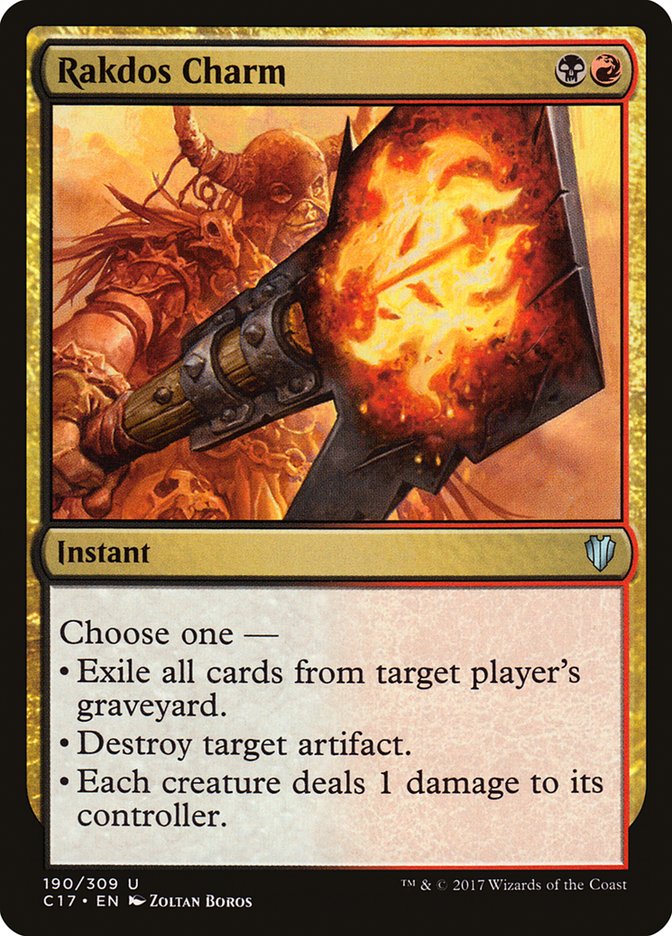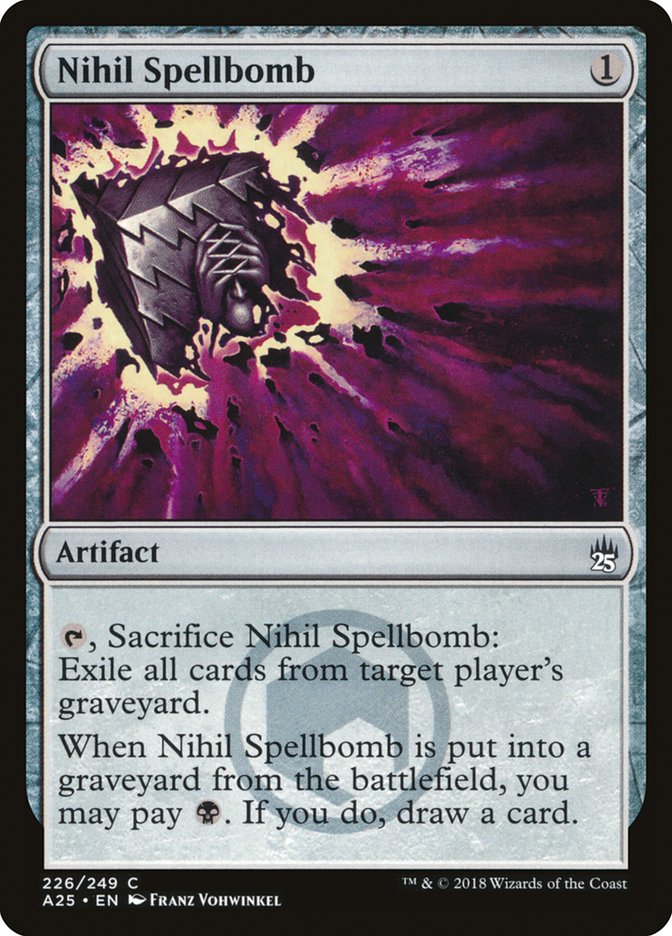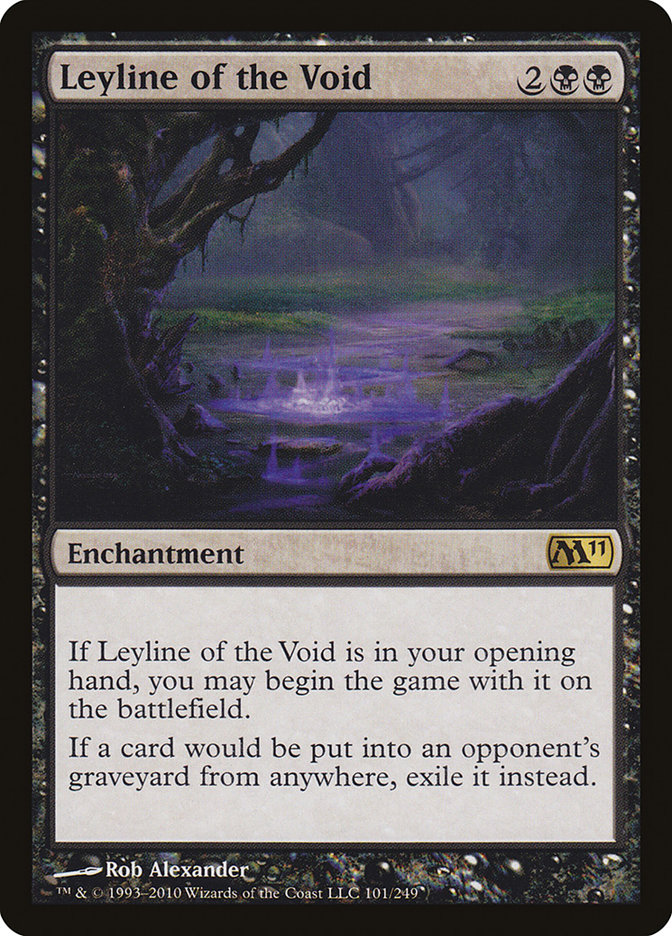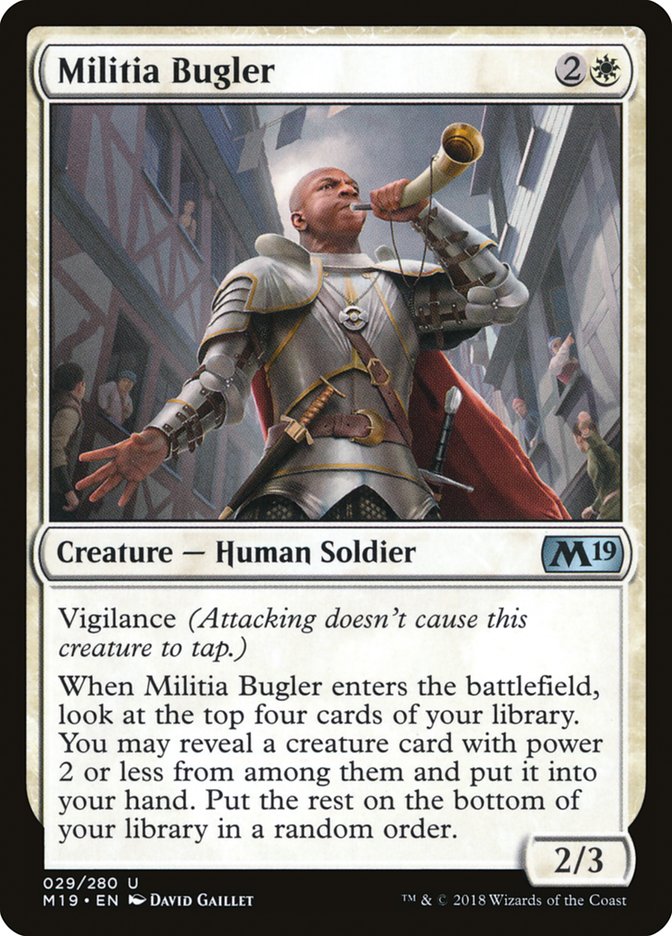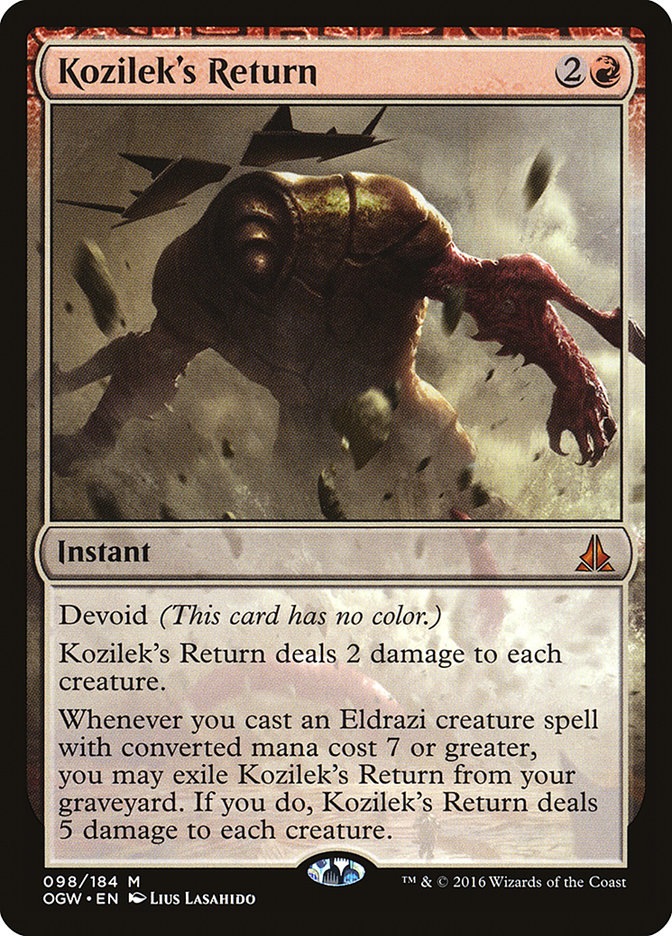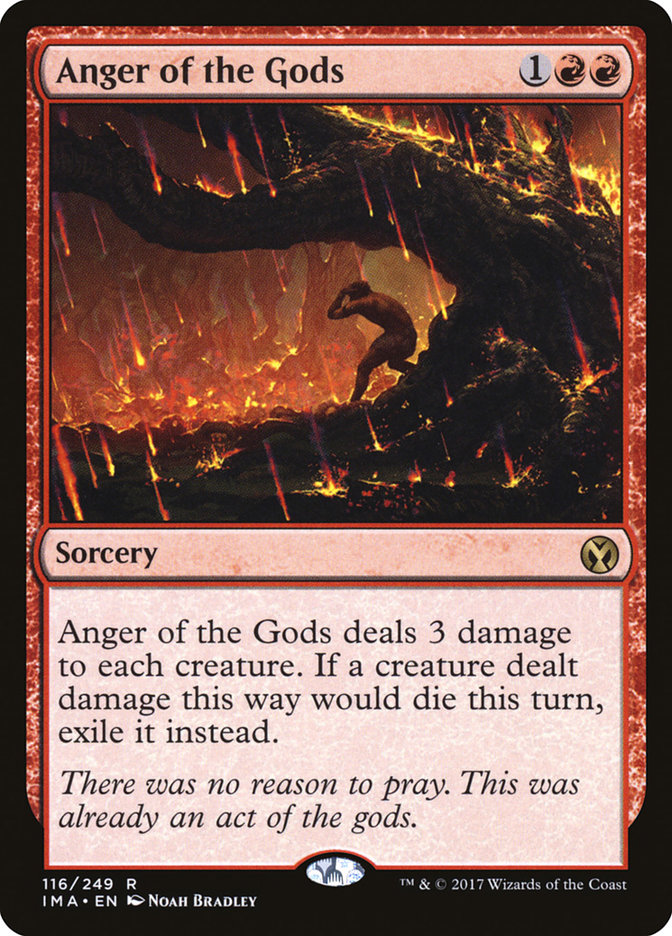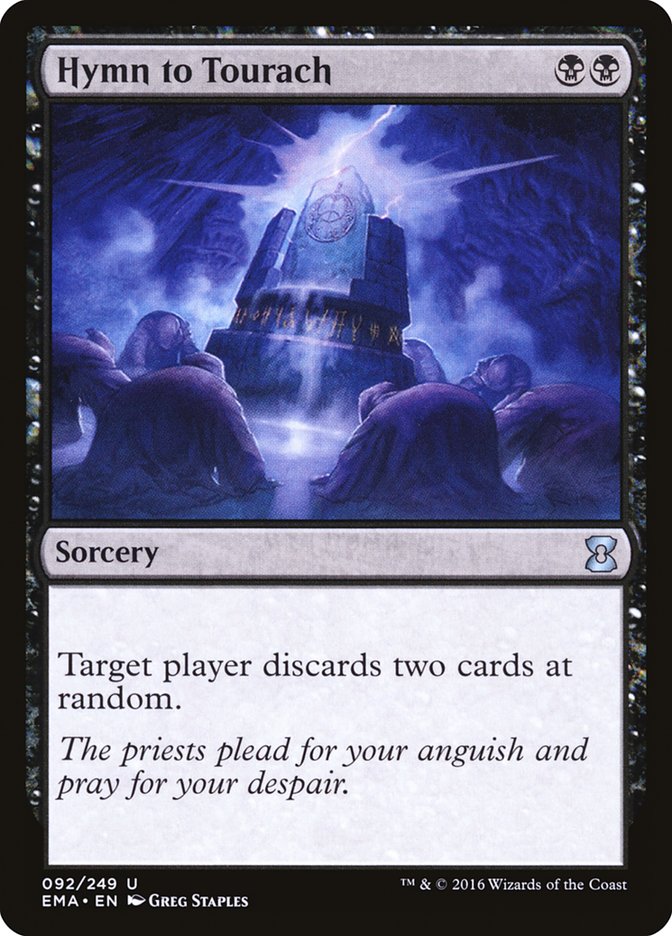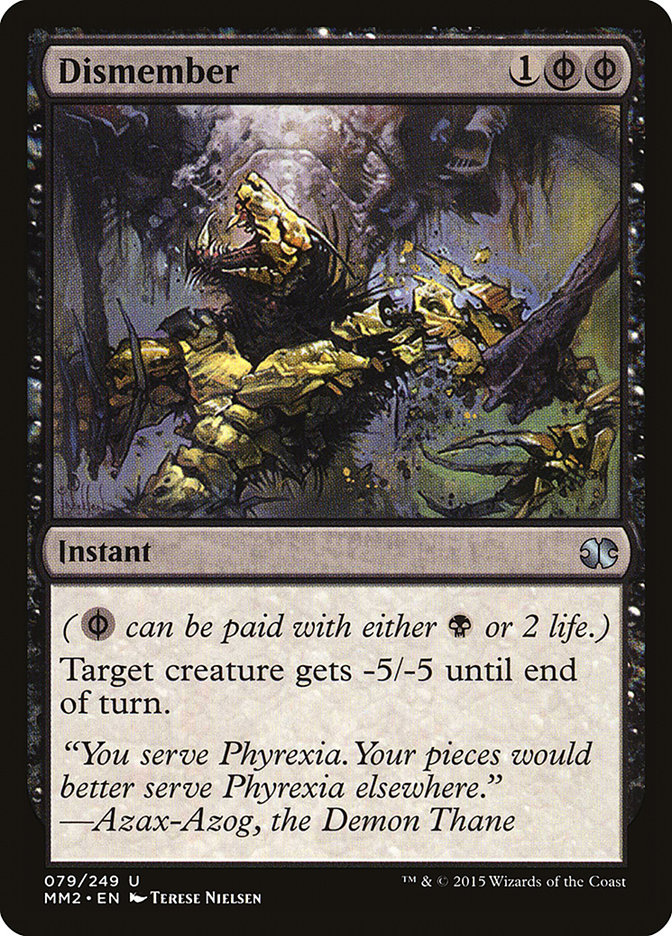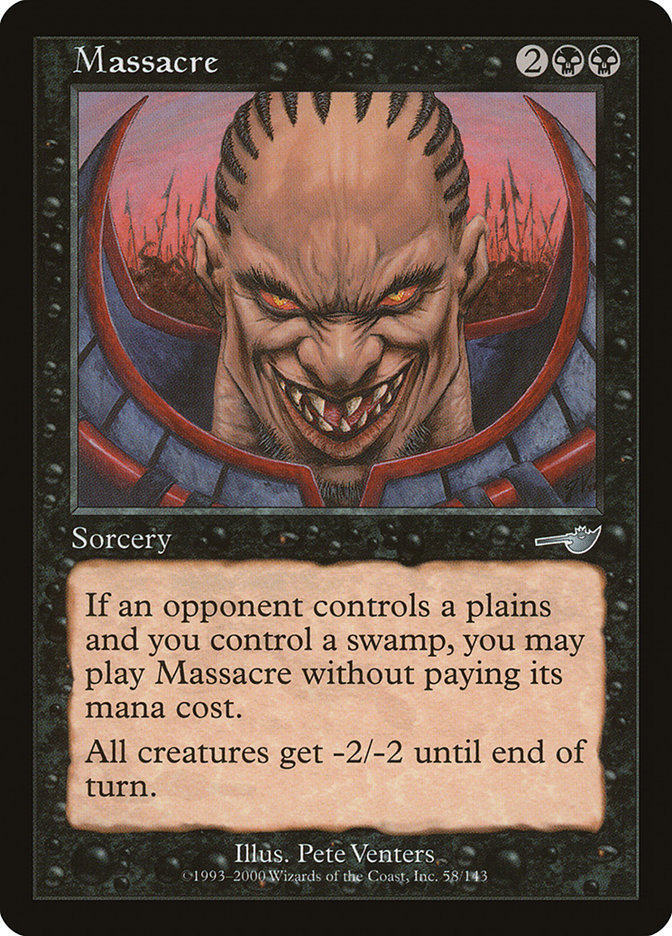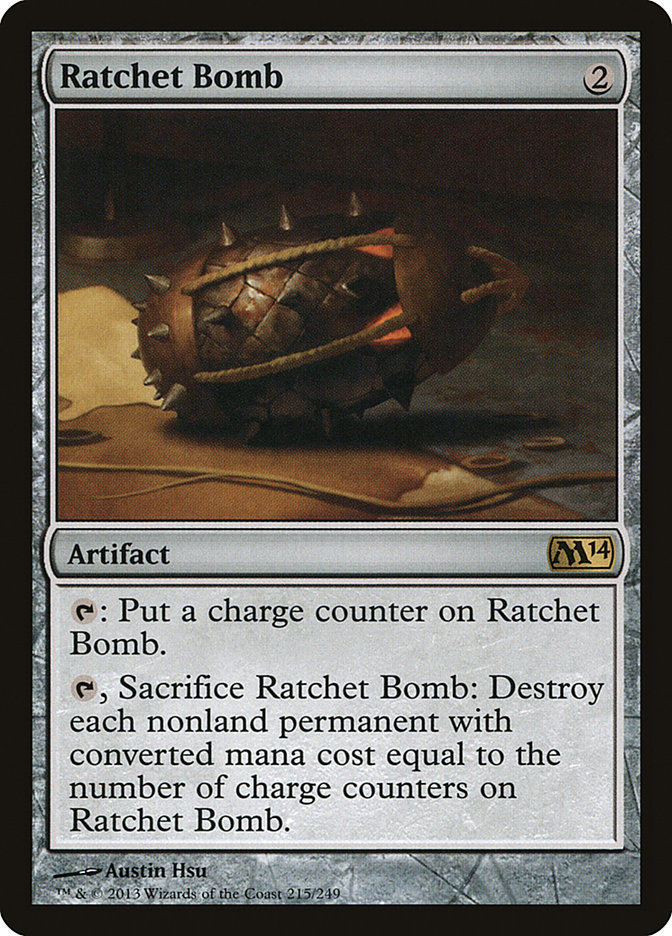Sometimes, a Simpsons reference is worth a thousand words.
“So, you like to read updated guides for Death’s Shadow, eh?”
“Uh-huh.”
“Well, have all the Death’s Shadow updates in the world!!”

“I don’t understand it. Cedric Phillips went mad in fifteen minutes!”
Look, sometimes you start writing about a deck you enjoy, and before you
know it, you’ve committed yourself to a “My Fires”-style article series a
la Zvi Mowshowitz, and you have a number of loyal fans who expect nothing
less than the best updates and advice about their favorite deck. I get it.
I’m happy to provide it to you all, as it’s become a deck (now two decks in
two formats!) that I’m quite passionate about. If I’m going to be typecast,
I might as well get typecast with the best deck around!
In that spirit, let’s discuss the updated lists that your team’s Modern and
Legacy players should be using for the Team Constructed Open in Dallas and
a few general metagame tips and discussion to help them carry whatever poor
soul must-play Standard.
Creatures (16)
Lands (17)
Spells (27)

In Modern, we see a few changes to combat the uptick of graveyard-based
decks as well as a move away from the full control sideboard plan against
Humans.
If R/B Vengevine moves into the limelight in Modern, it will be absolutely
necessary to pack heavy-hitting sideboard hate. Additional utility against
Dredge, Ironworks, Mardu Pyromancer, and Hollow One are always welcome, and
as that segment of the format increases in metagame share, it becomes more
and more valid to use sideboard spots to combat them. There are four main
options, each one at a different spot on the “scorched-earth” spectrum.
I have some disdain for Surgical Extraction in a format where the graveyard
decks rely on a number of different recursive components and won’t put it
in any of my decks as a result. When Bloodghast, Vengevine, Bridge from
Below, Prized Amalgam, Gravecrawler, Bedlam Reveler, Gurmag Angler,
Flamewake Phoenix, and Narcomoeba all come in different combinations and
configurations among the enemy decks, it does not make sense to pack such a
narrow effect. Better to take a 50% chance at nuking the graveyard from
orbit than an 80% chance to hit one replaceable cog in a graveyard engine
and lose to the other parts.
To that end, the three remaining options operate at different speeds and
with different levels of hedging. Why Leyline in the suggested build, then?
Well, Rakdos Charm is a bit too slow to consistently answer the Vengevine
deck’s best draws, to start. Nihil Spellbomb is usually a swift enough
answer, but opposing decks can fight through it. Multiple Nihil Spellbombs
are incredibly useful against the graveyard decks, while multiple Leylines
are redundant. Additionally, it’s significantly more reasonable to play
only two or three Nihil Spellbombs, but if you are going to play Leyline,
you should probably just go all-out and pack the full quartet. To be
honest, it’s simply a personal decision based on how much one values power
versus consistency. If a player wanted to use three Spellbombs and find an
extra spot for an Abrade, Engineered Explosives, or Kolaghan’s Command,
that would be more than reasonable. Three Nihil Spellbombs and one Rakdos
Charm would be a split that considers the relative lack of targeted
artifact destruction in this sideboard and attempts to ameliorate that in
exchange for a bit less speed on the graveyard hate side. To be frank,
though, with Faithless Looting in the deck, we are incentivized to play
cards that are either dead or game-winners, because we can rid ourselves of
them in the midgame. Find a rationale that works for you, take a deep
breath, and just make your pick, because any mix of these hosers is a fine
choice.
The reason we can afford the four full slots to go all-out on Leylines in
this particular list, though, is because Humans has picked up Militia
Bugler as a way to essentially invalidate the full control sideboard plan
we were previously employing. Grim Lavamancer looks awfully weak against
Bugler chains, and with the new pressures from the graveyard decks, it only
makes sense to move away from a card-intensive pseudo-transformational
sideboard plan.
Additionally, Humans decks are beginning to shave on Reflector Mage, which
lessens the pressure on our delve threats and makes us significantly
happier to try to get in under them. Ondrej Strasky played a mere two
Reflector Mage in his maindeck at the Pro Tour, and most folks are down to
three. Depending on how the metagame continues to evolve, two may become
the industry standard. This would be great news for our ability to
prioritize Reflector Mage and Auriok Champion with our discard and try to
deploy a few threats to obtain the initiative in a tough matchup.
Speaking of delve threats, we are now packing five, in a 3-2 split between
Tasigur, the Golden Fang and Gurmag Angler. Additional threat density is
always welcome, and it’s significantly easier to win the game against
Ironworks with one of these fatties compared to Death’s Shadow. Grove of
the Burnwillows and Engineered Explosives make it tremendously difficult to
stick a Shadow through for a win, but the delve threats provide a solid
clock with little possibility of being removed. Combined with the
incredible Leylines in the sideboard, and Ironworks has gone from a
slightly favorable to an extremely favorable matchup, which is always
valuable.
Unfortunately, with additional pressure on our own graveyards comes the
loss of one Snapcaster Mage, which I’m not terribly happy about. I’m not
certain that this is correct, but it is a card that others have been happy
shaving, so I will defer to the hive mind on this one.
As for Kozilek’s Return, it has made a return to the sideboard to attack
the multiple Bridge from Below draws from R/B Vengevine. It’s got a ton of
utility against Auriok Champion out of Humans, Etched Champion from
Affinity, and Lingering Souls from Mardu Pyromancer. It’s not the best in a
world with so many three-toughness creatures in Humans, and it’s absolutely
possible that one or both should just be Abrade. This is a concession to
exactly Bridge from Below, and if it turns out to be an overreaction to
pack a full six cards with high utility against R/B Vengevine, it is a
change that can easily be rolled back.
One alternative here is Anger of the Gods, which does nothing against
Auriok Champion or Etched Champion, but exiles Vengevines and hits Mantis
Rider and Militia Bugler. Just like with Leyline of the Void and Nihil
Spellbomb, the cards are so similar in what matchups they hit and have just
enough dissimilarity to merit debate for which is better in those matchups
that one might be inclined to flip a coin to decide which one they want in
their deck. Anger sort of covers the graveyard decks and the swarm decks in
one card, but be careful! Double red mana is not the easiest thing in the
world to assemble. Be aware of how you fetch ahead of time. I know people
will continue to ask which they should use, and my response is simple:
The loss of one Snapcaster Mage also incentivizes playing four sideboard
counterspells to maintain the same density of permission against Tron and
U/W Control. Disdainful Stroke is a wonderful tool against Terminus,
Teferi, Jace, and all of Tron’s major threats. Hitting Primeval Titan out
of TitanShift is just gravy!
Creatures (14)
Lands (17)
Spells (29)

Now, where in Modern it seems like the graveyard decks are just hitting
their stride as a large enough slice of the metagame to be worth heavy
targeting, the opposite is happening in Legacy. Reanimator is a small
portion of the paper metagame (though it’s still big on MTGO thanks to the
speed at which it lets pilots tear through Leagues), and Lands seemed to be
almost completely absent from the Pro Tour metagame. To that end (and
because Reanimate itself is incidental Reanimator hate) it seems fine to
cut down on the number of Surgical Extractions in the sideboard and use
that space for a second Hymn to Tourach (which is excellent against fair
decks and non-Reanimator combo alike).
I have also shaved one Preordain in deference to the deck’s additional
threat density with the two Reanimates, and one Stubborn Denial for a third
Wasteland. I’m still not sure what the correct number of Wastelands in the
deck is, but I’d be astonished if I end up registering four at my next
Legacy event. It’s simply not that great against a large portion of the
metagame, and when there are no enemy basics to destroy, it’s truly
embarrassing in this deck. A single maindeck Hymn to Tourach might be
correct instead, especially considering how backbreaking it is to Hymn away
an enemy True-Name Nemesis and immediately Reanimate it.
Additionally, the deck’s removal suite has changed in favor of Dismember.
Dismember is incredibly important as a way to answer enemy Gurmag Anglers,
and the fact that the life loss on the spell is not baked in (as Snuff Out
is rarely hard-castable) is useful. Dismembering one’s own 2/2 or larger
Death’s Shadow on the opponent’s turn is a play that comes up from time to
time as well, though that is an awfully narrow corner case.
No, the biggest reason for the Dismember shift is to properly address the
mirror, Grixis Delver (a la Jonathan Sukenik’s fantastic deck from the PT),
and Grixis Control. In fact, as much as it saddens me to lose such a broken
card as Snuff Out, it may be correct to simply play two Fatal Push and two
Dismember in a heavy-Gurmag meta.
Aside from the already-mentioned changes, cards on the chopping block for
U/B Death’s Shadow include the sideboard Massacre (which could be turned
into a second Toxic Deluge to be significantly better against Elves and
True-Name Nemesis decks at little expense to the Death and Taxes matchup),
the third maindeck Wasteland, and the remaining two sideboard Surgical
Extractions (which may become superfluous if Lands is unpopular and
Reanimate covers Reanimator).
Cards to replace them with include more Hymn to Tourach (because everyone
loves a good free win sequence from Thoughtseize into Hymn), more Ratchet
Bombs (because losing to meme cards like Blood Moon, Ensnaring Bridge, or
Chalice of the Void out of decks like Mono-Red Prison or Colorless Eldrazi
is so incredibly tilting), a third Liliana, the Last Hope (because it
singlehandedly gives Grixis Control the thrashing of a lifetime, as well as
being a great tool against Death and Taxes), or even a single True-Name
Nemesis of our own.
This is the time to experiment, to come up with divergent plans that can
throw opponents for a loop, and to figure out what sacred cows can be cut
and what forgotten gems are ready to come roaring back. In both Modern and
Legacy, the most powerful one-drop ever printed (at least on raw
power/toughness numbers, that is!) offers the incentive to experiment, and
I expect decks built around it to continue to make waves as long as it is
legal.


